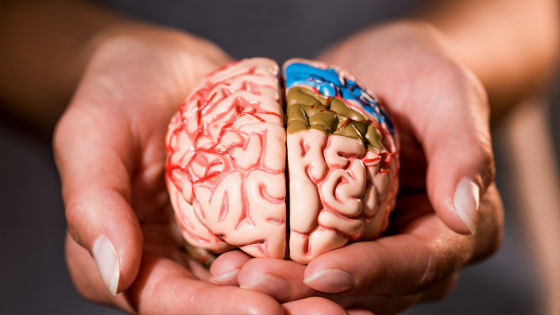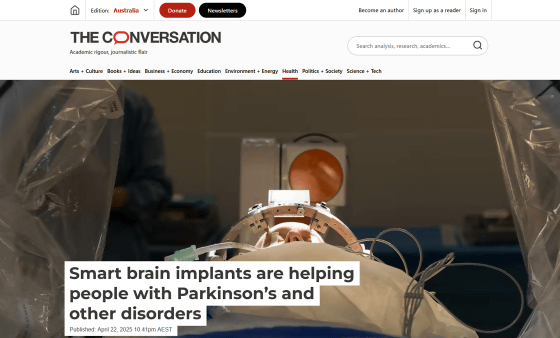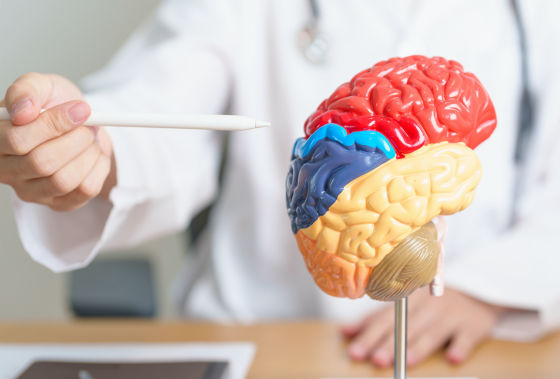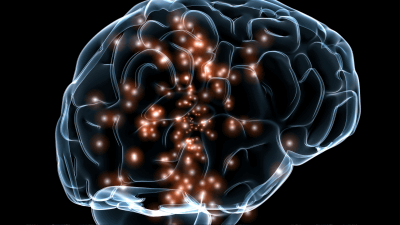'Smart brain implants' help people with Parkinson's and other diseases

While simple surgical techniques that damage brain structures or specific pathways were once used to treat brain disorders, in recent years
Smart brain implants are helping people with Parkinson's and other disorders
https://theconversation.com/smart-brain-implants-are-helping-people-with-parkinsons-and-other-disorders-253699

In 1987, French neurosurgeon Alim-Louis Benabid realized that electrical stimulation used to identify damaged areas during brain surgery had an effect similar to that of the injury itself. This discovery led to the development of deep brain stimulation, which delivers electrical stimulation via implants to specific areas of the brain.
Deep brain stimulation has been used to treat progressive Parkinson's disease since the 2000s, but the settings of the brain implants were typically set once at the time of implantation and could only be changed at the patient's next appointment, meaning the implants could not adapt to changes in the patient's condition.
However, advances in deep brain stimulation research led to regulatory approval of 'adaptive deep brain stimulation' in the United States and Europe in early 2025. Adaptive deep brain stimulation uses a computer to interpret brain activity and determine whether to increase or decrease the amplitude of stimulation to maximize relief of the patient's symptoms.

Parkinson's disease is a complex disease in which symptoms fluctuate greatly depending on the medications patients take multiple times a day. While continuous stimulation can control symptoms well in some patients, the stimulation may be too strong or too weak in others. Therefore, adaptive deep brain stimulation may be able to provide better symptom relief.
More than 20 years ago, scientists at University College London discovered that when Parkinson's disease patients stopped taking medication immediately after brain implant surgery, a specific type of brain wave appeared and their symptoms worsened. When the patients resumed medication and their symptoms improved, the wave disappeared. This discovery led to modern adaptive deep brain stimulation therapy.
'The idea is similar to a thermostat that controls an air conditioner. When the waves (temperature) exceed a certain value, an electronic control circuit turns on the stimulator (air conditioner). This allows the stimulator to be turned off for a while until the waves reappear,' Litvak said.

While adapting deep brain stimulation to a patient's brain waves offers greater flexibility, it also requires more parameters to be set to minimize side effects, requiring more time and attention from the clinical team. The clinical team can then monitor the brain waves detected by the brain implant over a period of days or weeks to see how well they are controlled.
'Taking into account patient behavior and stimulating the right areas at the right time is where the field is headed,' Litvak said. 'Now that the underlying technology is established, progress can be rapid.'
Related Posts:
in Science, Posted by log1h_ik







